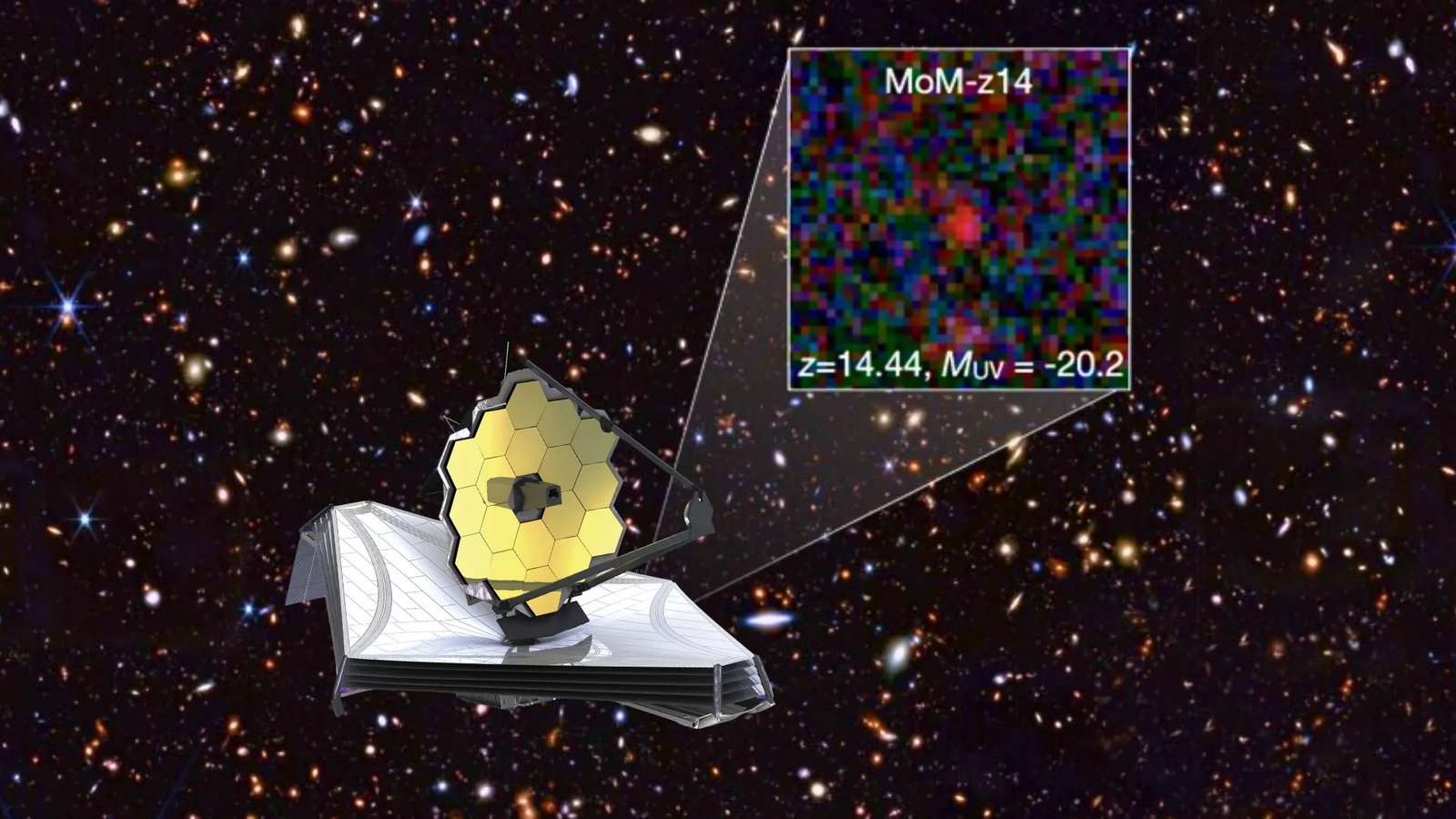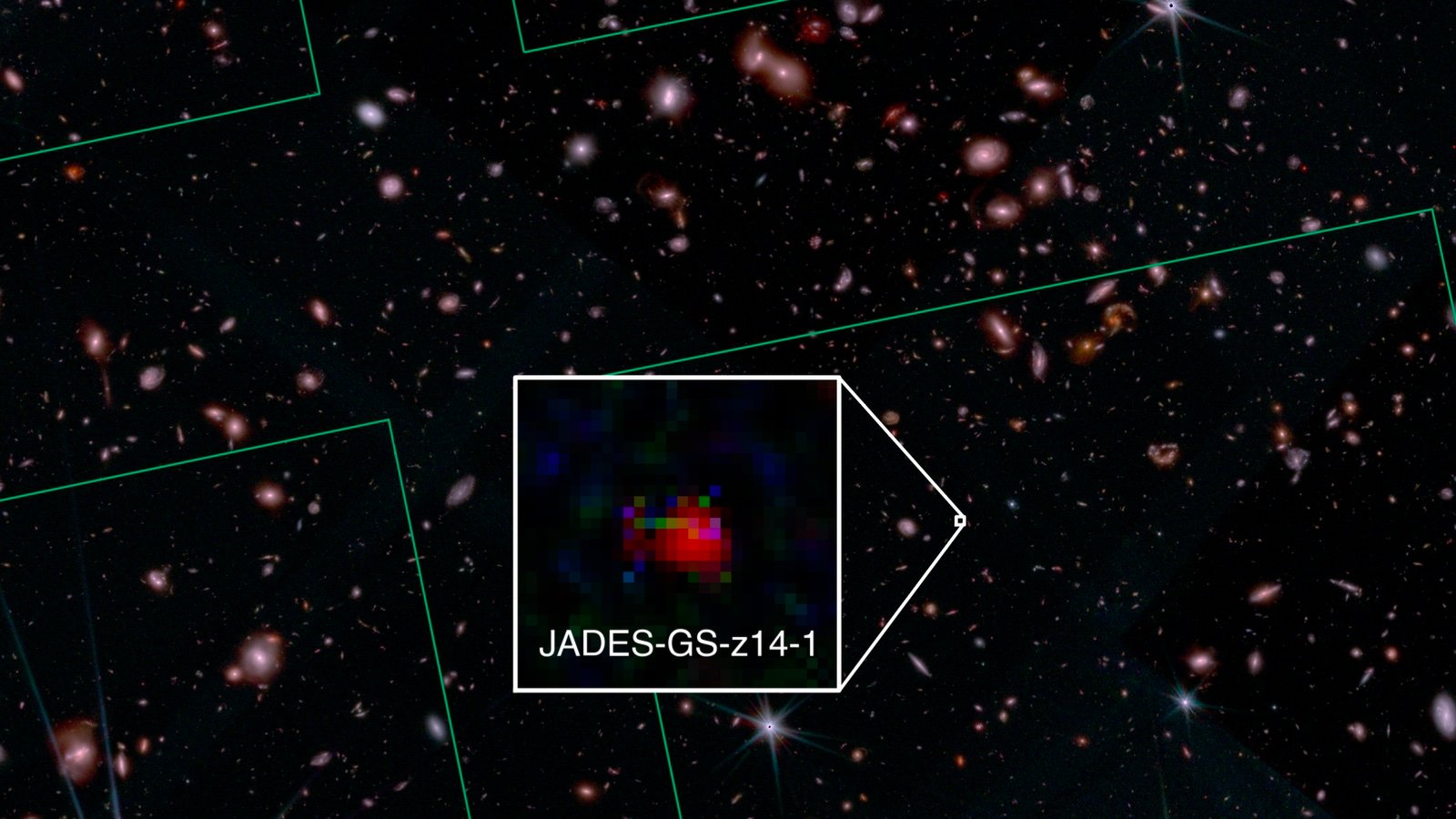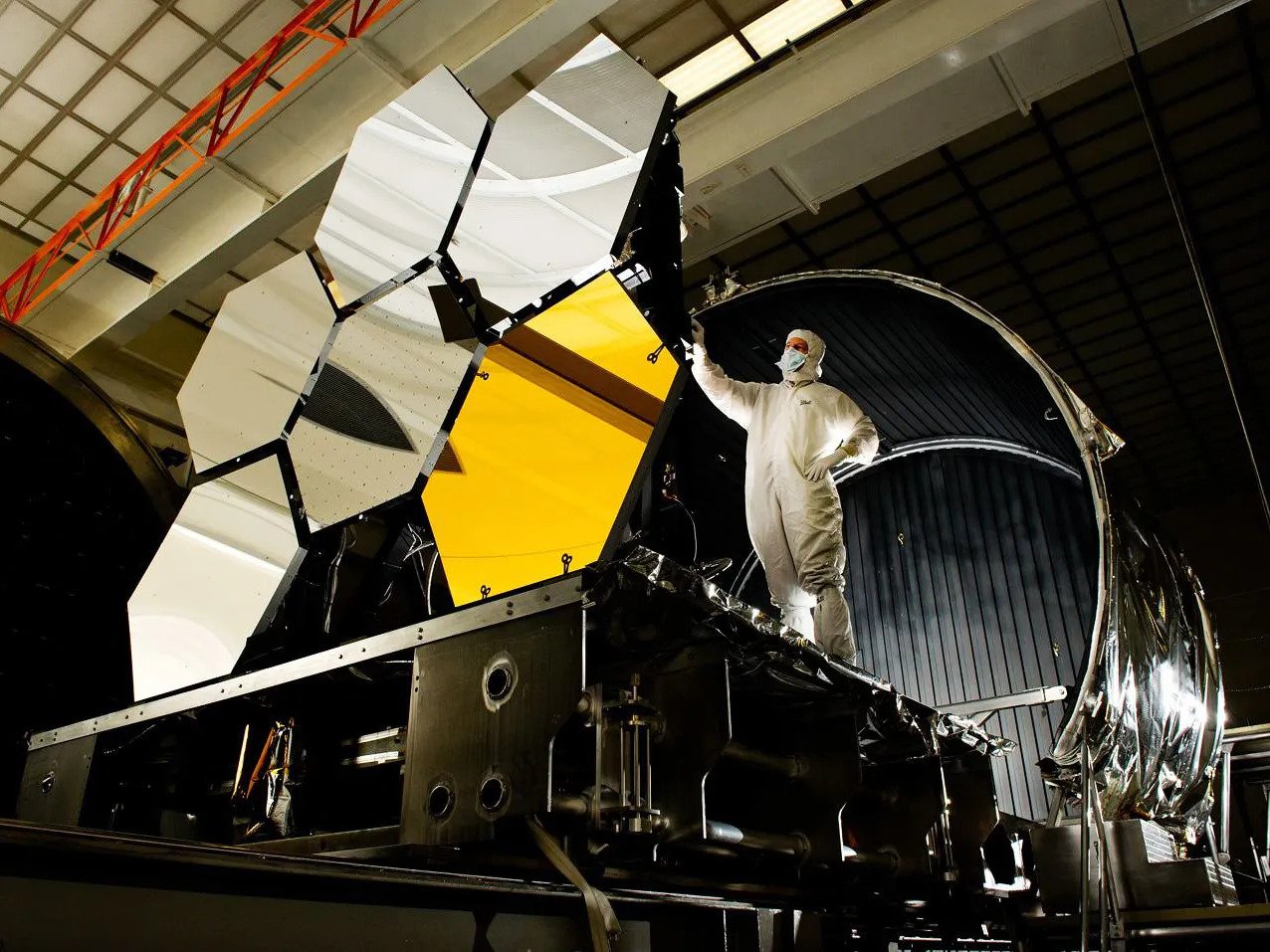The universe, an expanse of unimaginable scale and mystery, has always beckoned humanity to explore its depths. For centuries, our understanding was limited by the reach of our instruments. Today, a new era of cosmic discovery is unfolding, spearheaded by the James Webb Space Telescope (JWST), a collaborative mission led by NASA with significant contributions from the European Space Agency (ESA) and the Canadian Space Agency (CSA). This engineering marvel is not just extending our vision; it’s fundamentally reshaping our understanding of the cosmos, from the very first moments after the Big Bang to the intricate details of distant worlds. The Webb Telescope is unveiling the universe’s deepest secrets, offering unprecedented insights into how galaxies, stars, and planets form and evolve.
A New Eye on the Cosmos: The James Webb Space Telescope’s Exceptional Capabilities
Launched on December 25, 2021, the James Webb Space Telescope is the premier observatory of this decade, serving thousands of astronomers worldwide. It orbits the Sun 1.5 million kilometers (1 million miles) away from Earth at what is known as the second Lagrange point (L2), a location that provides an unobstructed view of the sky and aids its ability to see much farther into the universe than its predecessor, the Hubble Space Telescope.
Engineering Marvel: How Webb Telescope Sees the Invisible
Webb’s remarkable capabilities stem from its innovative design, particularly its ability to observe the universe in infrared light, which is invisible to the human eye. This allows it to peer through cosmic dust and gas, revealing colder or very distant objects that would otherwise remain hidden. Key features contributing to its sensitivity include:
- Golden Mirror: Webb’s primary mirror is 6.5 meters wide, making it the largest space-based telescope ever built. Composed of 18 hexagonal, gold-coated beryllium segments, these segments can be individually adjusted in flight to achieve optimal focus.
- Five-Layer Sunshield: To protect its sensitive instruments from the heat of the Sun, Earth, and Moon, Webb is equipped with a tennis court-sized, five-layer sunshield. This shield provides protection equivalent to SPF 1 million, ensuring the telescope remains extremely cold, which is crucial for infrared observations.
- Advanced Instruments: Webb carries four primary scientific instruments, each designed to capture specific wavelengths of infrared light and perform various analyses:
- NIRCam (Near-Infrared Camera): Developed by NASA, it captures images in the near-infrared spectrum (0.6-5 microns).
- NIRISS (Near-Infrared Imager and Slitless Spectrograph): A Canadian-contributed instrument, also operating in the near-infrared (0.6-5 microns), used for imaging and spectroscopy.
- NIRSpec (Near-Infrared Spectrograph): Provided by the European Space Agency (ESA), it spreads light into a spectrum to measure the brightness of individual wavelengths (0.6-5 microns). It features a microshutter array, allowing simultaneous observation of up to 100 objects.
- MIRI (Mid-Infrared Instrument): A joint NASA/ESA instrument, it captures images and performs spectroscopy in the mid-infrared range (4.9-27.9 microns), enabling investigations farther into the infrared spectrum.
Mission Objectives: Peering Back to the Dawn of Time
Webb’s mission objectives are ambitious, aiming to answer some of the most profound questions about our universe and our place within it:
- Observing the First Stars and Galaxies: To search for the earliest luminous glows after the Big Bang and understand the nature of the first galaxies created.
- Understanding Cosmic Evolution: To better understand how planets, stars, and galaxies are born and evolve over time, including the evolution of our own Solar System.
- Exploring Distant Worlds: To investigate exoplanets and determine the potential for life on planets around other stars.
Unveiling the Early Universe: Galaxies at the Edge of Time
One of Webb’s most significant achievements is its ability to peer back in time over 13.5 billion years, allowing astronomers to observe the universe as it was just after the Big Bang. This capability is crucial for understanding the “first light” galaxies.
- Record-Breaking Discoveries: Webb has excelled in detecting galaxies at “high redshifts,” a phenomenon where light from distant sources is stretched towards the red end of the electromagnetic spectrum due to the universe’s expansion. The greater the redshift, the earlier and further away the object.
MoM-z14: In May 2025, Webb confirmed MoM-z14 as the most distant galaxy ever detected, with a redshift of 14.44. This places its formation within 280 million years of the Big Bang, a discovery described as a “cosmic miracle” by the research team.

JADES-GS-z14-0: Prior to MoM-z14, JADES-GS-z14-0 held the record, existing just 300 million years after the Big Bang, with a redshift of 14.32.

- Implications for Early Universe Composition: The presence of elements like nitrogen and carbon in MoM-z14 indicates that it is not one of the very first objects formed in the universe, as those would primarily consist of hydrogen and helium. This suggests that even earlier galaxies, composed solely of these simplest elements, are yet to be discovered.
- The Era of Reionization: Webb observations of ancient galaxies like JADES-GS-z13-1, seen as it appeared just 330 million years after the Big Bang, provide the earliest evidence for the “Era of Reionization.” This period saw the universe’s neutral hydrogen fog dissipate as the first stars and galaxies emitted enough ultraviolet light to reionize their surroundings, allowing light to travel freely.
Beyond Our Solar System: Exoplanet Atmospheres and Distant Worlds
Webb’s sensitivity and precision have advanced exoplanet research, allowing scientists to study the intricate details of exoplanet atmospheres and even image some of the coldest known worlds.
- Atmospheric Composition: Using transmission spectroscopy, Webb analyzes the light filtered through an exoplanet’s atmosphere, revealing the presence of various molecules.
- WASP-96 b: Showed clear signs of water vapor.
- TRAPPIST-1 b: Observations suggest this Earth-sized planet, with a dayside temperature of roughly 450 degrees Fahrenheit (200 degrees Celsius), does not have a significant atmosphere.
- WASP-39 b: Marked the first detection of carbon dioxide and sulfur dioxide in a gas giant exoplanet’s atmosphere, providing evidence of photochemistry (chemical reactions initiated by stellar light).
- K2-18 b: Detected both carbon dioxide and methane in the atmosphere of this “water world”.
- GJ 486 b: Hints at the presence of water vapor, though further observations are needed to confirm its origin.
- Direct Imaging of Cold Exoplanets: Webb’s NIRCam has successfully imaged 14 Herculis c, one of the coldest exoplanets directly imaged to date, with a temperature as cool as 26 degrees Fahrenheit (minus 3 degrees Celsius). This gas giant, about seven times the mass of Jupiter, exists in a system where its orbit is highly elliptical and misaligned with its companion planet. Its atmospheric dynamics show carbon dioxide and carbon monoxide at temperatures where methane would be expected, suggesting rapid churning in its atmosphere.
The Birth of Stars and Planets: New Insights into Cosmic Nurseries
In just two years, the James Webb Space Telescope has delivered valuable details that are reshaping researchers’ understanding of how young stars form.

- Ices and Organic Molecules: Webb has identified simple ices like water, along with frozen forms of complex organic molecules such as methanol, carbonyl sulfide, ammonia, and methane in the clouds where stars begin to gather mass.
- Protostar Evolution: The telescope has provided new evidence of the growth cycles of smaller stars, including the shape and history of their ejections. Observations of the protostar within the molecular cloud L1527 revealed its past outbursts forming an hourglass shape and bubble-like ejections.
- Pillars of Creation: Webb’s near-infrared observations have allowed astronomers to peer inside the iconic Pillars of Creation, revealing additional and complex star formation within these vast columns of gas and dust.
- Circumstellar Disks and Planet Formation: Webb has confirmed that icy pebbles can drift towards the inner disk around young stars, warming to release cold water vapor, creating a rich environment where Earth-like planets may take shape.
- Methyl Cation Discovery: Within the Orion Bar, Webb made the first-time identification of methyl cation, a crucial carbon molecule long theorized to aid the formation of additional complex carbon-based molecules, confirming its importance in chemical reactions on cold dust grains.
- Actively Forming Star Systems: Webb’s high-resolution near-infrared light images of systems like Lynds 483 (L483) show intricate detail in shimmering ejections of gas and dust from actively forming stars. These observations reveal how recent ejections collide with older ones, leading to crumpling and twirling of material, and the formation of various molecules like carbon monoxide and methanol.
Navigating the Cosmos: Challenges and Complexities
While the James Webb Space Telescope has delivered a wealth of discoveries, the endeavor of exploring the universe at such an advanced level comes with inherent challenges, both in its operation and in the interpretation of its groundbreaking data.
Observational Nuances and Limitations
Despite its advanced capabilities, Webb operates within specific observational constraints:
- Direct Imaging of Exoplanets: While Webb has successfully imaged some exoplanets, directly detecting cooler, less massive planets like Jupiter and Saturn analogs in our own solar system remains challenging due to their lower temperatures and greater distances from their stars. However, new research is exploring methods to improve sensitivity for such detections.
- Orbital and Thermal Management: Webb’s distant orbit at L2 provides an unobstructed view, but maintaining its extremely cold operating temperature requires precise positioning relative to the Sun, Earth, and Moon. This dictates specific angles for observations and ensures continuous power from its solar array, influencing scheduling and field of view.
Interpreting the Unseen: Data Challenges
The unprecedented data from Webb is pushing the boundaries of scientific understanding, sometimes leading to new questions and requiring a reassessment of existing models:
- Challenging Cosmological Models: Recent Webb observations have detected early massive galaxies with stellar masses larger than what the standard Lambda-Cold Dark Matter (ΛCDM) cosmological model predicts, prompting theoretical work to revise existing models of galaxy formation.
- Reassessing Early Star Formation: Data from Webb suggests that the earliest stars (Population III stars) may have formed in larger halos or exhibited more sporadic activity than previously thought, necessitating a re-evaluation of models for early star formation environments and stellar birthrates.
- Data Volume and Analysis: The sheer volume of data transmitted by Webb (up to 458 Gbits/day) presents a significant burden for scientists, requiring advanced processing and analytical techniques to extract meaningful insights.
The Grand Endeavor: Mission Development Hurdles
The development of an observatory as complex and sensitive as Webb was a monumental undertaking, spanning over two decades of planning and development. This ambitious project faced significant technical and logistical challenges, including budget overruns and unforeseen technical issues during testing and assembly, such as miswirings, damaged propulsion valves, and tears in the sunshield. These hurdles underscore the immense perseverance and ingenuity required to bring such a sophisticated scientific instrument to fruition.
The Future of Cosmic Exploration: What’s Next for Webb?
The James Webb Space Telescope continues its mission, with ongoing observation cycles planned well into the future. Its capabilities promise even more profound discoveries.
- Direct Imaging of Terrestrial Exoplanets: Webb’s recent discovery of TWA 7 b, an exoplanet ten times lighter than those previously captured in images (comparable to Saturn’s mass), marks a significant step towards directly imaging increasingly lighter exoplanets. Scientists hope to capture images of planets with just 10% of Jupiter’s mass, paving the way for direct imagery of terrestrial exoplanets.
- Continued Exploration: Webb will continue to delve into the early universe, refine our understanding of star and planet formation, and characterize more exoplanet atmospheres, bringing us closer to answering fundamental questions about life beyond Earth.
A Universe Unfolding
The James Webb Space Telescope is more than just a scientific instrument; it is a testament to human ingenuity and our insatiable curiosity about the universe. This international collaboration, involving NASA, ESA, and CSA, has delivered observations that are not only breaking records but also challenging long-held theories, pushing the boundaries of our cosmic understanding. From the faint whispers of the first galaxies to the chemical signatures of distant exoplanet atmospheres and the dynamic birthplaces of stars, Webb is painting an increasingly detailed and inspiring picture of our universe.
As Webb continues its journey, it promises to deliver even more breathtaking revelations, inviting us all to witness the ongoing unfolding of the cosmos. To stay updated on the latest discoveries and explore the universe through Webb’s eyes, visit the official NASA James Webb Space Telescope website and other reputable astronomy news sources. The deepest secrets of the universe are being unveiled, and the journey has only just begun.


